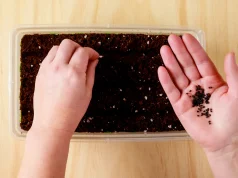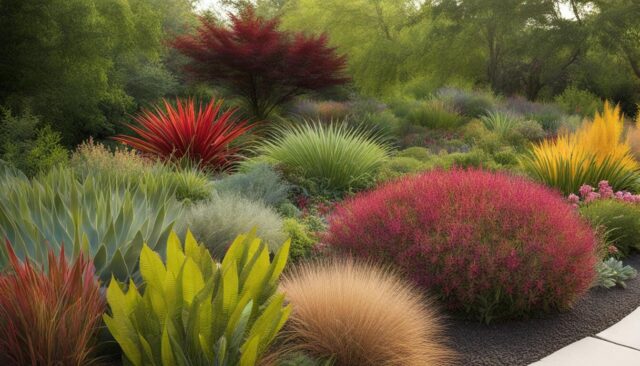
Picture your landscape filled with lush, low-maintenance, and environmentally friendly plants that add texture and movement to your yard. Imagine a place where the vibrant greens, earthy golds, and soft purple hues sway gently in the breeze, creating a natural oasis that thrives on rainwater alone.
Native grasses offer this transformation. They create sustainable landscapes that connect beauty with purpose, making your garden not only easier to manage but also beneficial to local wildlife. Here’s why choosing native grasses might be the solution you’ve been searching for.
Key Points:
- Native grasses require less water and care.
- They support local wildlife, including pollinators.
- Their roots help prevent soil erosion and improve quality.
- Many varieties provide year-round color and texture.
- Sustainable landscapes with native plants contribute to biodiversity.
Native Grasses: Low Maintenance and Cost-Effective
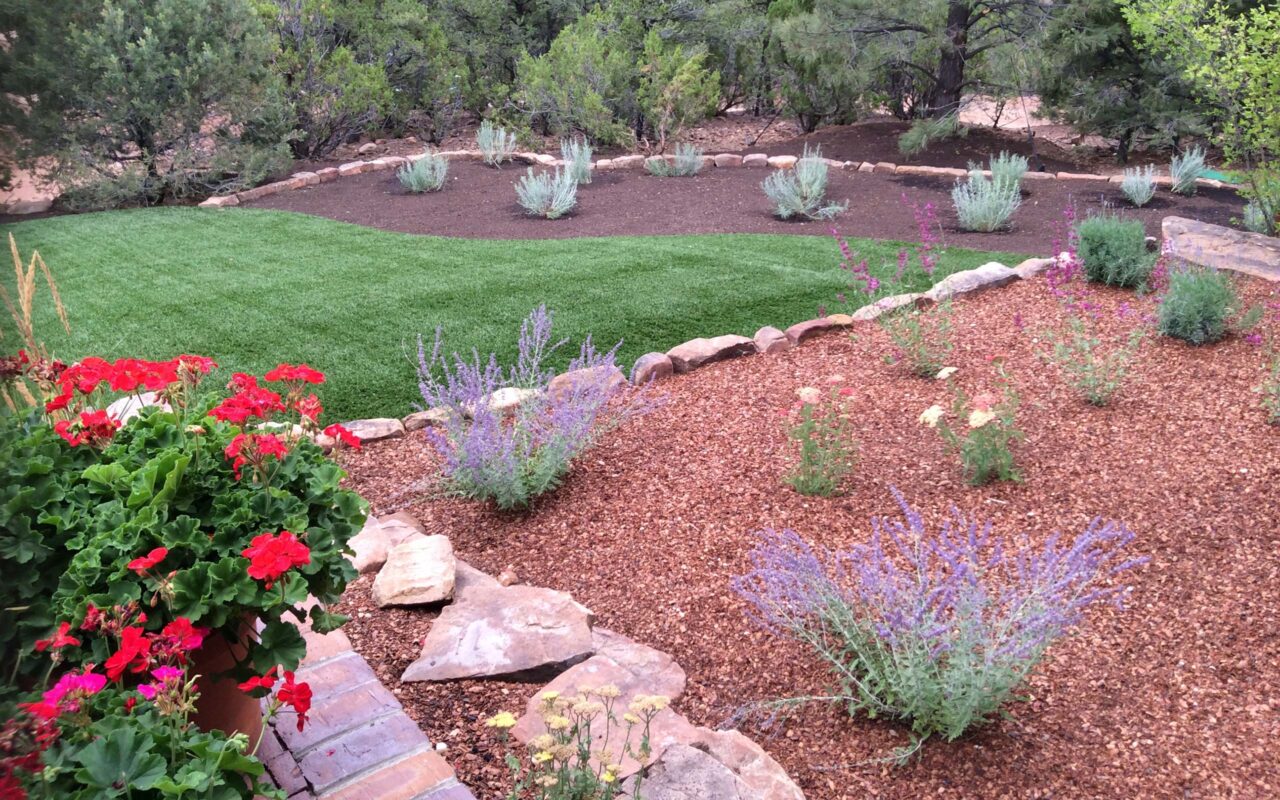
Landscaping with native grasses transforms your garden from high-maintenance to self-sustaining beauty. You don’t need to constantly water, fertilize, or trim. Native plants adapt to your region’s climate and soil, making them a practical choice for any landscape. Imagine strolling out to a lush garden that looks stunning without requiring daily upkeep.
If you’re looking to expand your garden with sustainable options, consider checking out Tree Nursery where you can buy garden plants online. They offer a wide variety suited for diverse climates, ensuring you find plants that not only look good but require minimal care.
Supporting Local Wildlife
Native grasses attract birds, bees, butterflies, and other pollinators that contribute to a healthy ecosystem. These grasses provide food, shelter, and breeding grounds, enhancing biodiversity in your backyard. As seasons change, they offer seeds and nesting materials, making them a reliable resource for animals throughout the year. With the rise in awareness around pollinator populations, every garden that includes native plants makes a positive impact.
Soil Health and Erosion Control
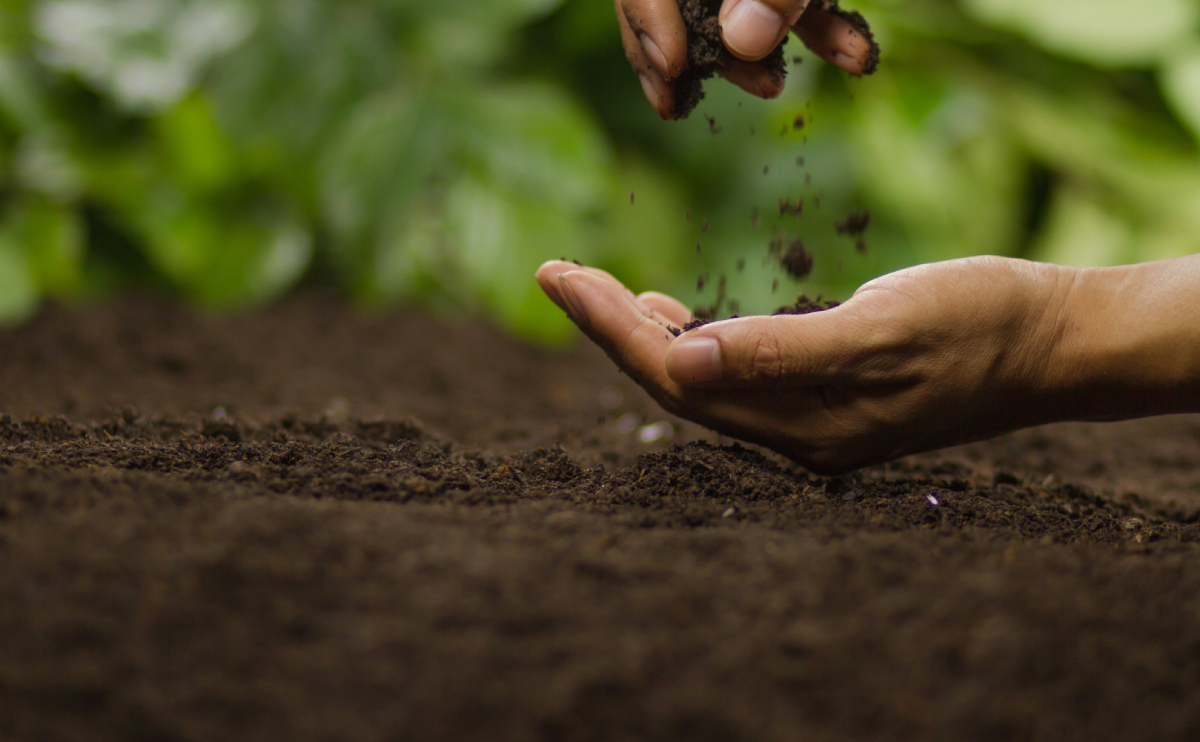
One powerful benefit of native grasses lies in their deep root systems. These roots go deep into the soil, securing it and preventing erosion. In heavy rains or wind, your landscape remains intact, and over time, native roots improve soil quality by breaking down organic material. Unlike shallow-rooted, non-native plants, native grasses create a robust underground structure that keeps your yard stable and healthy.
Imagine a rainy day, with water naturally absorbed into the ground by the network of roots in your garden. Rather than worry about erosion, you can trust that the native plants you’ve selected keep the soil right where it belongs.
Year-Round Visual Interest
If you think native grasses only serve functional purposes, you’ll be surprised at their beauty. They offer a range of colors and textures, with many varieties changing hues as the seasons shift. From feathery plumes to bold stalks, you’ll have seasonal interest that enhances your landscape without extra planting. In summer, enjoy rich greens; come autumn, a soft wave of golden browns and reds takes over. Even in winter, their forms create structure and beauty that add life to an otherwise dormant yard.
Imagine how guests will react as they see the changing palette of your garden, from lush greens to the rich, burnt orange and golden hues of fall.
Saving Water and Reducing Chemical Use
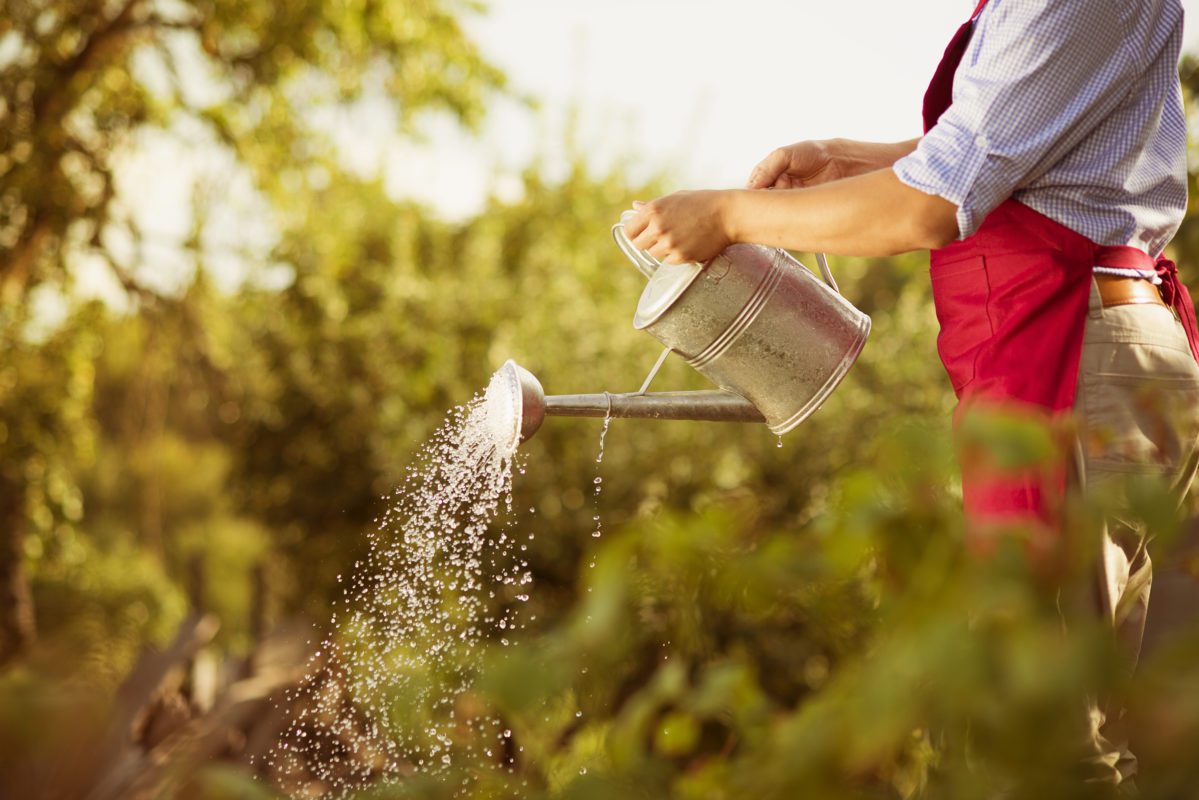
Sustainability starts with reducing the resources your landscape needs. Native grasses naturally resist many common pests and diseases, eliminating the need for chemical fertilizers and pesticides. Because they are accustomed to local rainfall patterns, you won’t need to run the sprinkler often, and in some cases, you might not need additional watering at all.
With fewer chemicals and lower water consumption, your garden becomes a more sustainable space. You enjoy the benefits of beautiful plants that thrive without heavy upkeep, benefiting your wallet and the environment.
Enhancing the Natural Environment
Native grasses create a seamless extension of the surrounding environment, blending your yard into the broader landscape. If you live near natural areas, your garden connects with the local ecosystem, attracting wildlife and adding to the region’s natural beauty. Imagine stepping out and seeing your garden feel like an integrated part of the landscape around you, a welcoming space that harmonizes with the environment.
Choosing native grasses means you’re contributing to the health of your area. Each choice you make, down to the types of plants in your yard, can either support or disrupt the balance of nature around you. By selecting native grasses, you create a sanctuary that respects and enhances the world beyond your garden.
Practical Steps for Choosing Native Grasses
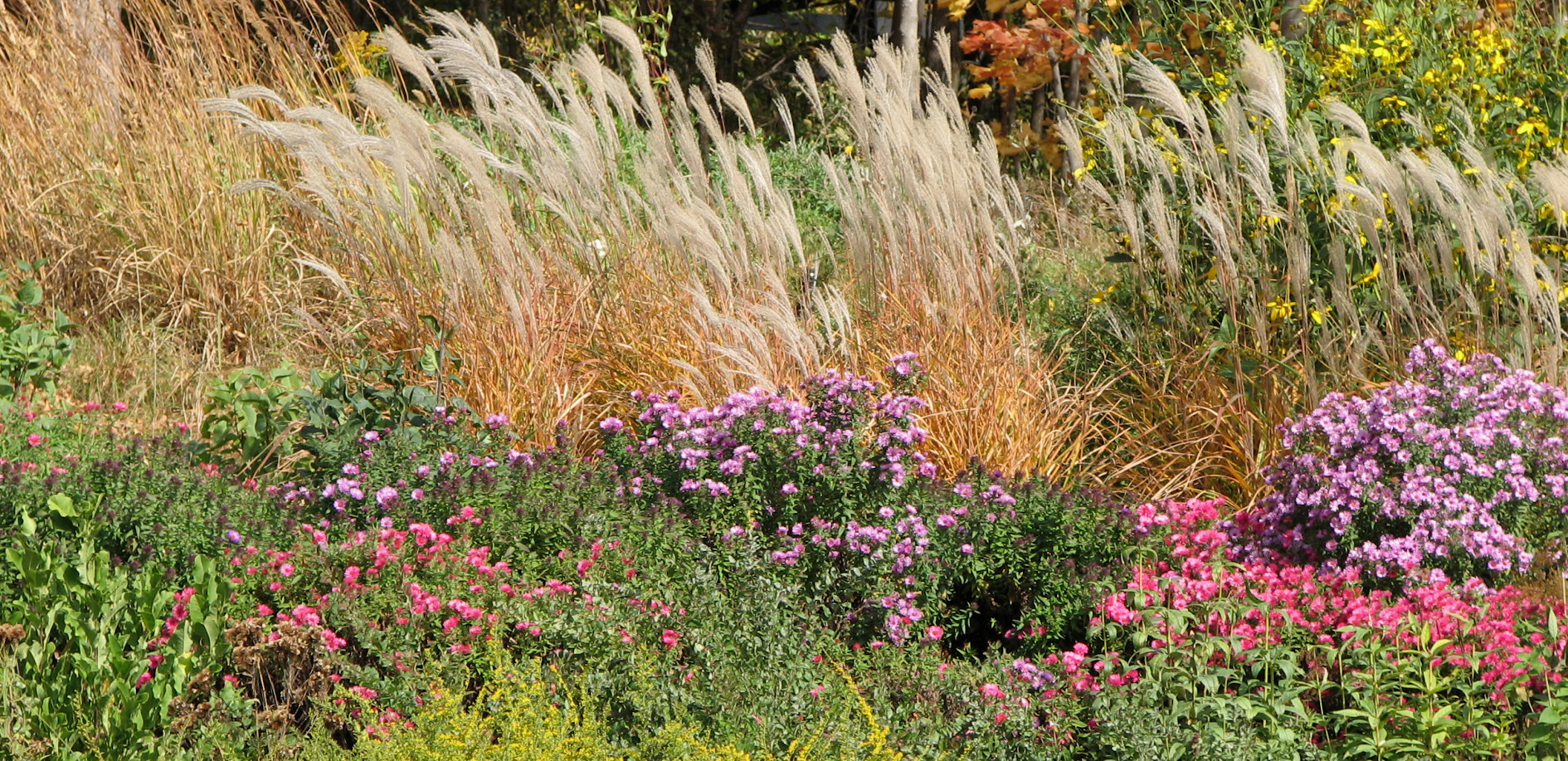
- Identify Your Climate Zone: Choose grasses that thrive in your local climate to ensure a resilient garden.
- Consider Soil Type: Some varieties suit sandy soils, while others flourish in clay or loam.
- Plan for Visual Impact: Use varieties with contrasting colors and heights to add dimension.
- Create Wildlife Zones: Plant in sections that attract specific wildlife, such as pollinators or birds.
- Set Watering Zones: Place drought-tolerant species in areas where you want minimal upkeep.
Simple Steps to Incorporate Native Grasses
- Evaluate Sun Exposure: Map out sunny and shaded areas. Choose varieties that suit each section for optimal growth.
- Group by Water Needs: Cluster plants based on how much water they need to streamline your watering routine.
- Add Variety for Texture: Mix short, dense varieties with taller, wispy ones to create a balanced and dynamic look.
- Use as Borders and Ground Covers: Place shorter grasses along paths or edges, while taller types can create natural boundaries.
- Plan for Seasonal Changes: Select varieties that shift in color or texture with the seasons for year-round visual appeal.
By following these steps, you can craft a landscape that not only looks beautiful but also promotes a healthier, sustainable environment.
FAQ
1. How much water do native grasses require?
Native grasses generally need far less water than non-native plants and adapt well to local rainfall.
2. Do I need to fertilize native grasses?
A: Native grasses typically don’t need fertilizer. They naturally adjust to local soils, which supports growth without additional nutrients.
3. Can native grasses grow in clay soil?
Many varieties adapt well to different soil types, including clay, but always check specific recommendations for your selection.
With native grasses, your garden becomes a place of beauty, sustainability, and ecological support. You get an attractive, water-efficient space that’s kinder to nature, reducing maintenance without sacrificing aesthetic value.

